While I've attempted to provide as much information as possible to maximize the benefits of your shelter, you should consider this a starting point in your quest for knowledge of ultralight hiking. Fortunately, the Internet is a rich source of information on selecting and using ultralight gear.
Understanding Your Shelter
It doesn't take many three to four thousand foot climbs carrying a six pound tent and forty pound pack before crying aloud for a better way. When in the course of your search for the perfect shelter, you do find an ultralight tent. It's often like an exotic sirens song drawing you onto an ethereal plane, promising to allow you to walk miles in near weightless state. However, few things can be more disturbing than the harsh squeal of reality swooping down out of a cold wet September sky.
While ultralight shelters perform many of the same duties as their six pound cousins, not even the rapid advances in shelter materials over the last few years can make up the total difference in weight. So when looking to purchase that two pound wonder tent, don’t consider it a direct replacement for your seven pound freestanding dome tent.
Fortunately with a little bit of education, we can easily bridge the gap between traditional and ultralight tents. If the thought of strolling effortlessly through high mountain meadows filled with flowering Lupine isn’t enough to coax us out of a state of being human pack mules, nothing will.
Until pretty recently the backpacker had to choose between your traditional tent and the tarp/bivy combo. Today you have access to a wide variety of ultralight tents and tarp/tents. These shelters are really a crossover between tarps and traditional tents, duplicating some of the best aspects of both. They tend to be light and airy like tarps while easy to setup and providing bug protection of tents. With their roots planted firmly in the tarp world, they also bring with them some of the limitations of tarps. Add into this mix the fact that these shelters are constructed from fabrics that have their own unique characteristics.
Ultralight shelters are designed to be light first. As such they dispense with some of the features found in traditional tents. Single walled canopies replace the double walls with the resulting increase in condensation issues. Zippers and floors are constructed of lighter materials. This necessitates more care taken by users. Heavy poles and internal structures are replaced by hiking poles or lightweight alternatives.
The Integrated System
Key to taking maximum advantage of your ultralight shelter is the understanding of the Integrated Systems approach to ultralight hiking. Integrated Systems are one of the central tenants of ultralight hiking. This view differs from traditional backpacking in that it assumes the shelter is a part of the whole system that starts with the sleeping bag and extends to the environment around you. Traditional shelters are designed to protect you as much as possible from the environment around you.
The use of the Integrated Systems approach allows you to utilize the existing environment as a part of your overall shelter system. While this approach may place some limits on your choice of camps, it frees from the burden of carrying excess gear. In the end, with proper planning, your ultralight shelter will allow you to travel anywhere you would using traditional tents.
Planning Your Camp
Planning your camp for a restful night sleep starts long before the end of the day, when your legs are too tired to move you another foot. Depending upon your choice of shelter, the terrain through which you’re traveling and the current weather patterns; your planning for camps may occur days or even weeks before your arrival.
Lighter shelters require greater care in planning your camps. Added to this is the need for increased flexibility in changing your camps as weather conditions change. Camps that are beautiful in mild conditions may prove to be extremely uncomfortable in a severe rain or snow storm. When out in the back-country, I relish those nights in the tent when rain is furiously falling and thunder and lighting is cascading all around. However those nights would be less than enjoyable if my camp was perched high above tree line in an exposed position. Nestled in a valley under a canopy of tall trees, I’m content as the proverbial “Bug in a Rug.”
Understanding prevailing weather patterns is well beyond the scope of this discussion. Still the more you learn about the weather norms of the area your planning on hiking, the better your decisions on establishing a comfortable camp.
Ultralight shelters work best when properly combined with effects of the local environment. These environments are often referred to as micro-climates. Changing the location of your shelter as little as ten to fifteen feet can make the difference between waking up in a condensation free shelter or one coated in water.
Managing Wind
By itself, wind seldom presents a problem. Combined with cold, rain or snow, wind can convert into misery in seconds, chasing you deep into your sleeping bag in search of comfort and warmth.
Ultralight tents and tarps work best when they can take advantage of natural wind breaks. Trees, rock out crops and even high bushes can significantly mitigate high winds. Avoid high camps in exposed terrain by utilizing the principle of Hike High and Camp Low. Low camps in the shelter of trees makes you less vulnerable both to high winds and lightning storms that are prevalent in some areas of the country.
Even when camping in low areas, one must deal with blowing winds. By carefully monitoring the winds as you hike, you can begin to learn local wind patterns and adjust your camp accordingly. In general prevailing winds in the US blow West to East however, this can be significantly affected by local terrain.
Typically night time air movements are down valley. Setting up your tent so that the entry is positioned toward the head of the valley will minimize wind blowing into your tent.
Managing Rain
If it wasn't for the rain, many of us wouldn't carry any shelter. Few of life's experiences are more rewarding than spending a night wrapped in the cocoon of your sleeping bag watching meteors dance across the night sky. On my 2000 PCT hike I spent no more than a dozen nights in tarps in the four and a half month hike.
When you need it, a tent can make an otherwise miserable experience down right enjoyable. With rain lashing down in torrents, lightning flashes illuminating the forest and thunder echoing endlessly off canyon walls, a tent can be an island of calm in a tempestuous storm. These are the moments that make you feel alive.
The expectation of coming rain requires that additional care be taken in camp selection. Ultralight tents tend to use lighter weight floors than traditional tents. These 1.1 ounce silicone nylon are light, but lack the degree of water resistance as traditional floor material. So any water that runs or pools under the tent can be forced though the floor by the pressure of your weight.
Seek tent sites where water drains away from the tent. Look for small high spots in the terrain where you can setup that will allow you to wake up dry and not in a pool of water.
Sites that have lots of natural material on the ground such as leaf litter can make for a softer bed and provide added protection for your tent floor. The irregular shape of litter tends to scatter falling rain and significantly reduce splash effects. This natural ground cloth makes your camp stealthier. The best camps are often away from established camps where past campers have carved tent sites down to bare earth.
Using Ground Cloths
Whether you choose to use a ground cloth depends largely on your camping style. Careful planning and site selection can eliminate the need to carry this additional weight. Still with proper use, they can find a useful home in the ultralight hiker's inventory.
Ground cloths can serve to extend the life of your tent, add additional layer of water resistance and can be used alone on nights you don't setup the tent. Tyvek makes for an excellent ground cloth, is relatively cheap, disposable and water resistant. Tyvek is quite durable and can last for an extended hike. Though it's quite stiff when first purchased, it can be made quite pliable after being run through the wash. It can also be washed repeatedly without substantially effecting its properties.
If you anticipate camping in areas with much soggy ground, you may want to substitute a plastic cloth for the Tyvek ground cloth. Plastic ground cloths of at least 2 millimeters (mils) thick are cheap and effective, though they won't have the service life of a Tyvek ground cloth. So you may go though several ground cloths on a multi-month.
Managing Condensation
The inner wall on a double wall tent separates you from condensation on the tent fly. Ultralight tents and tarps force you to deal directly with condensation. This requires learning how to minimize condensation and how to deal with it when it inevitably occurs.
Condensation occurs when warm moist air comes into contact with a cold surface. In a tent, a big source is the air that pours out each time you exhale. Given the right conditions, condensation will form even if you're not inside the tent. By learning to control the amount of moisture in the air you can reduce condensation.
You can reduce the moisture present by ensuring you've got maximum available ventilation at all times. Avoid lowering your canopy all the way to the ground or closing up your vestibule. Make sure you're utilizing any natural air flow to keep air circulating around inside your tent.
Avoid camping too close to streams. Instead look for natural benches above the streams. Avoid depressions where cold air can settle during the night. Locate your camp under a canopy of trees instead of in an open meadow. Trees can retain a significant amount of heat radiating off the ground. This can result in a warmer sleep and a condensation free tent.
To deal with the condensation that will inevitably form, develop a plan of attack. Volume is one key to dealing with the effects of condensation. Make sure your shelter is large enough so that you can still effectively function if the interior is wet. If your shelter is too small, you may feel yourself trapped, making any movement difficult without getting you or your gear wet.
Have a cloth available to wipe down the walls when you first wake up. Organize your gear so that it's easy to assemble when you have to pack up in the morning.
If you find yourself with a wet tent when you break camp, try to take some time during the day to dry it. Ultralight tents and tarps dry remarkably fast and there's nothing like crawling into a dry tent when you make camp in the evening.
Choosing a Sleeping Bag
Discussing the choice of a sleeping bag may seem somewhat out of place in a general discussion of maximizing the benefits ultralight tents. Remember though that ultralight hiking is all about the system. The area where you choose to camp, your tent, your sleeping bag and your choice ground cloth are all components in your Sleeping System. If any component in your sleeping system fails you may wind up with a miserable night's sleep at best or well we won't discuss the worst case scenario. You can figure that one out for yourself.
When considering using an ultralight tent you should always match it with the sleeping bag. A Sleeping System works because each component contributes to the whole system.
As I've said, one weakness of ultralight shelters is their tendency to become a rather wet environment. Proper planning will make those occurrences into minor problems. It's when you're pushing the edge between gear and the environment, where making the right decision about your sleeping bag really counts.
I won't get into a lengthy discussion of down vs. synthetic fill bags. Suffice it to say what's important is not so much what kind of insulation you've got but how you keep the insulation dry so that it'll perform its best when things go all to hell.
The last few years have seen the introduction of a number of excellent ultralight waterproof / breathable shell materials on the market. Fabrics like Nextec's Epic and Pertex Quantum do an excellent job in keeping your down dry and you warm. While a number of fine micro fiber materials with good Durable Water Resistant (DWR) finishes are available, the best bet is still the waterproof / breathable shells. The added expense of the material is more than compensated for the increased protection and added comfort.


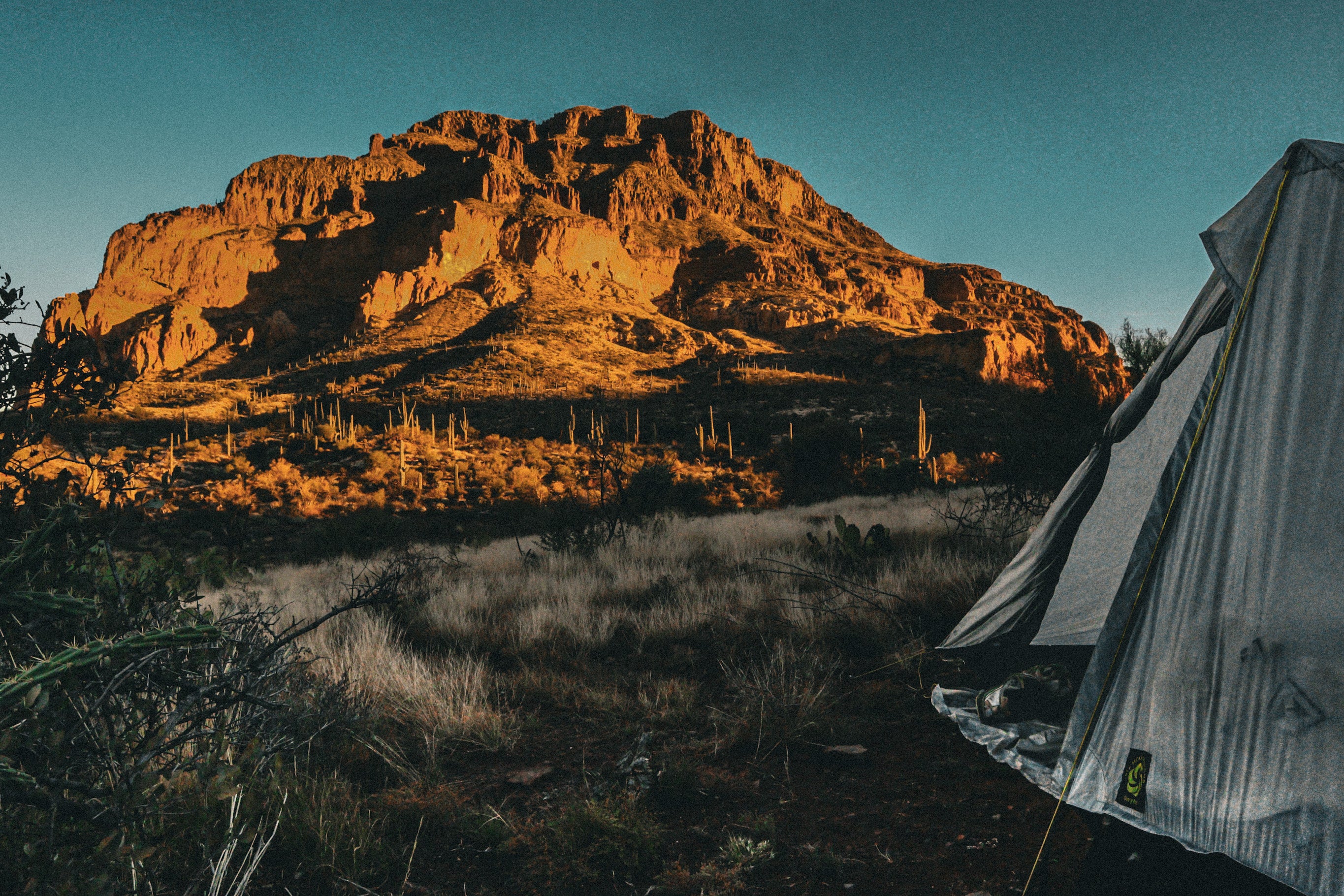
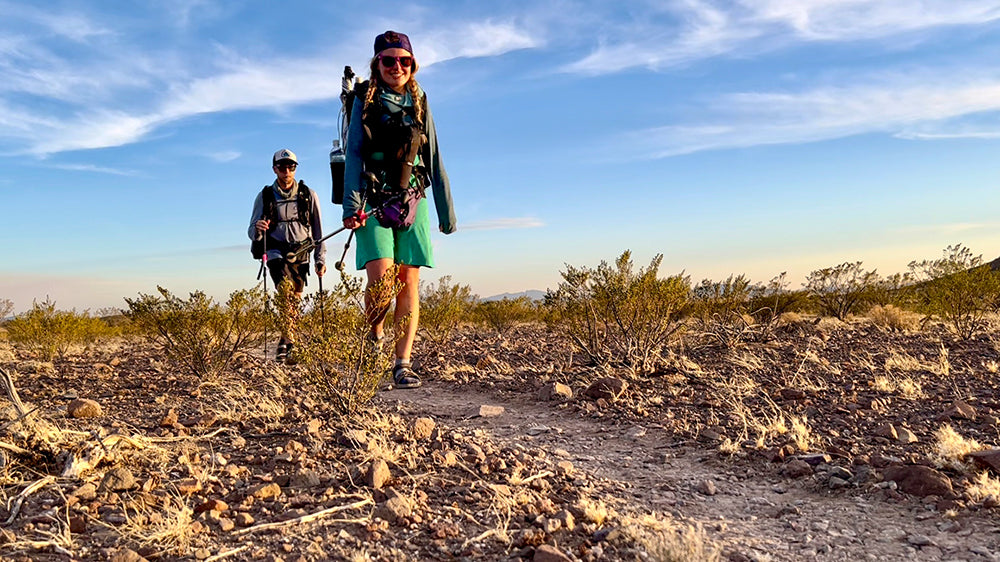
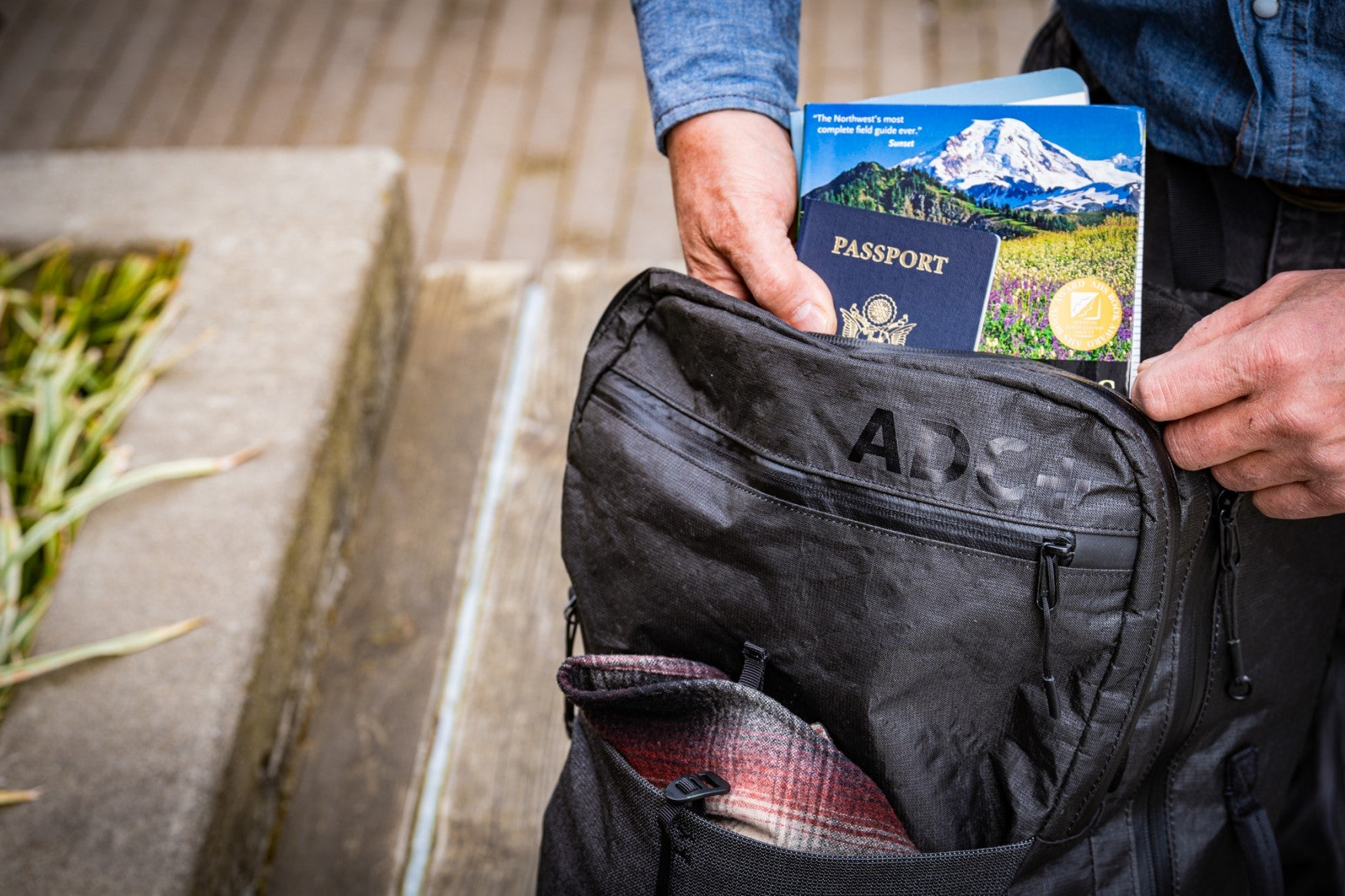
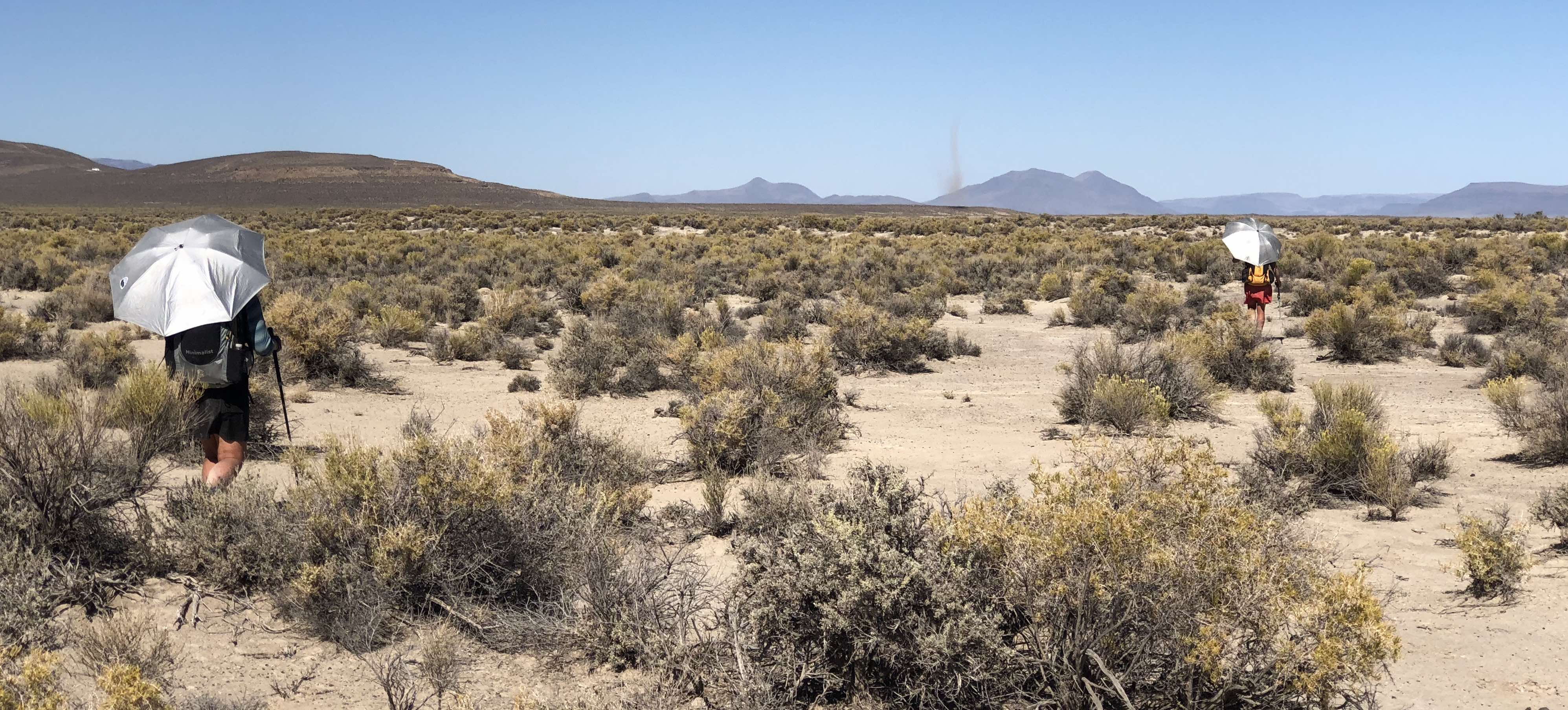
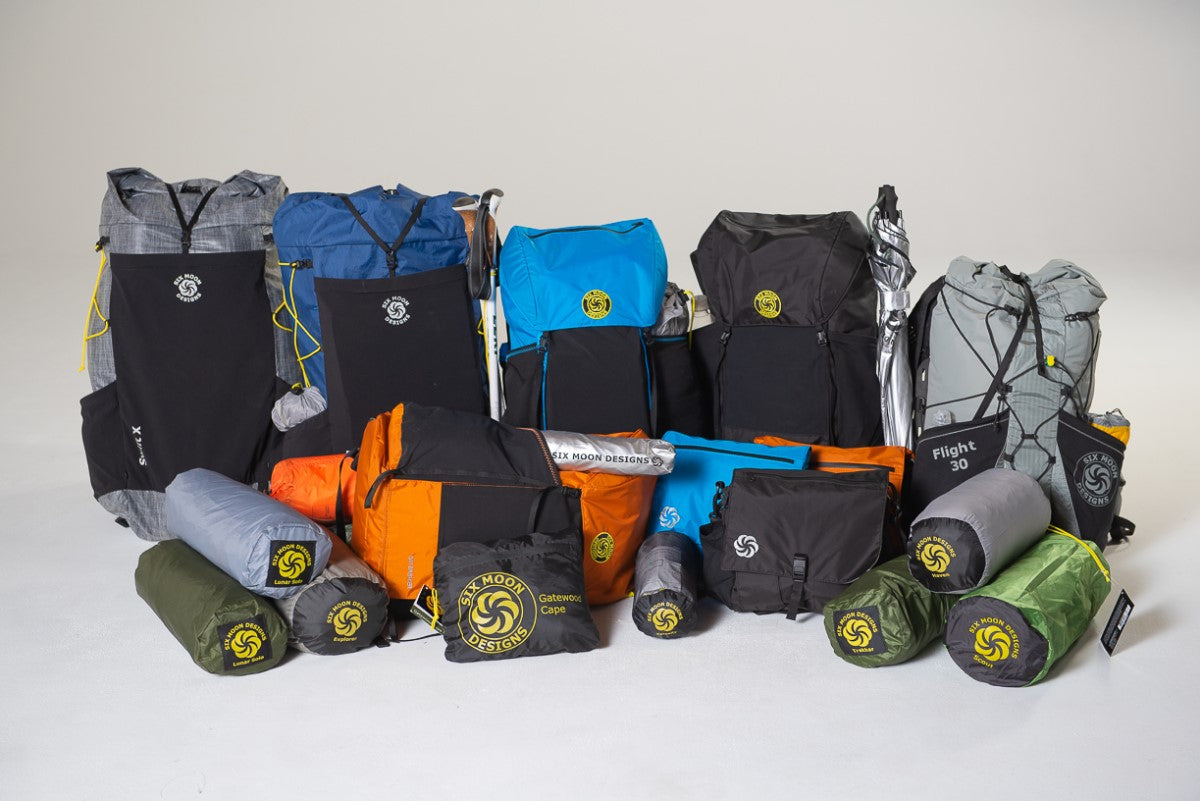
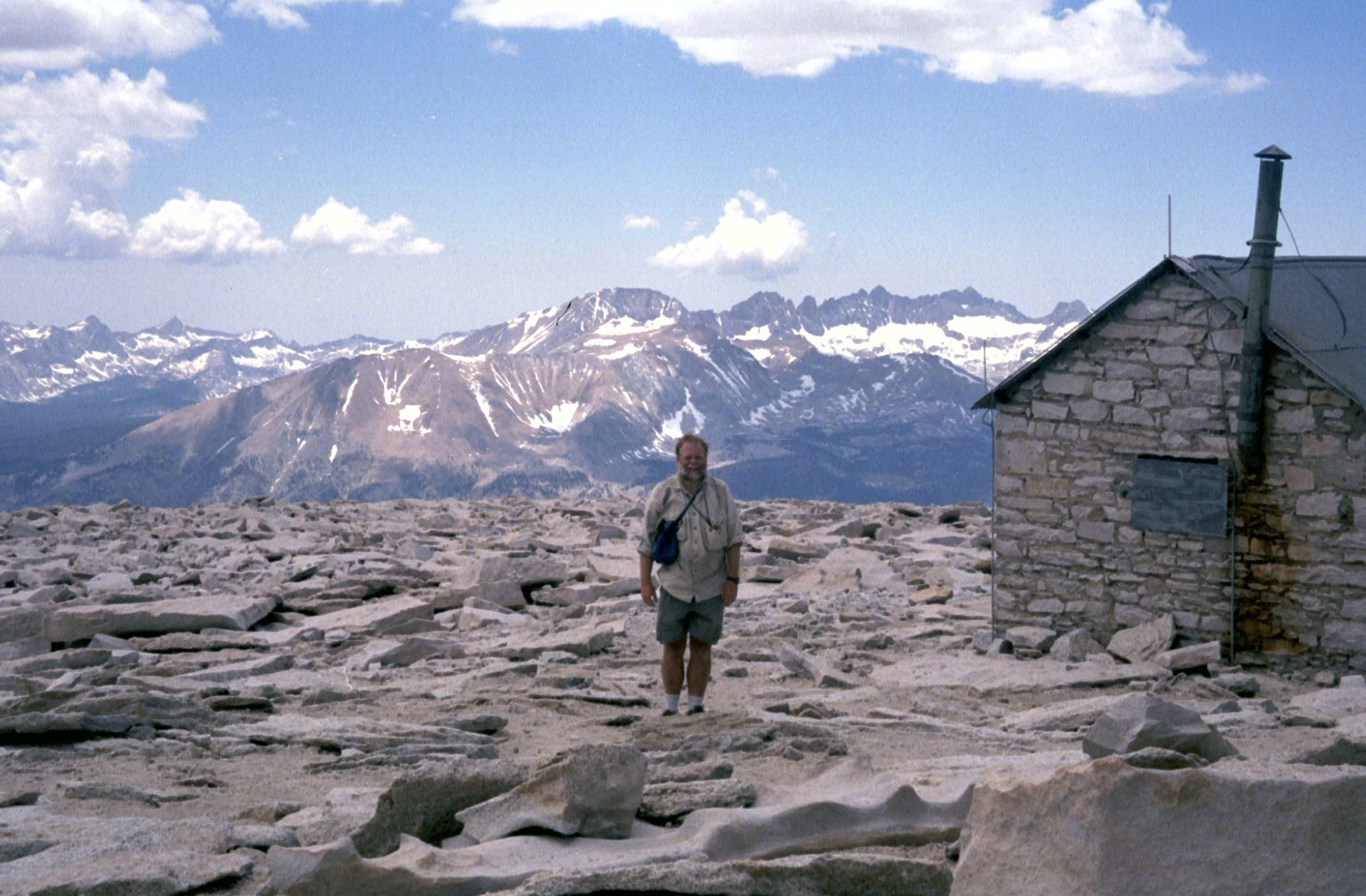
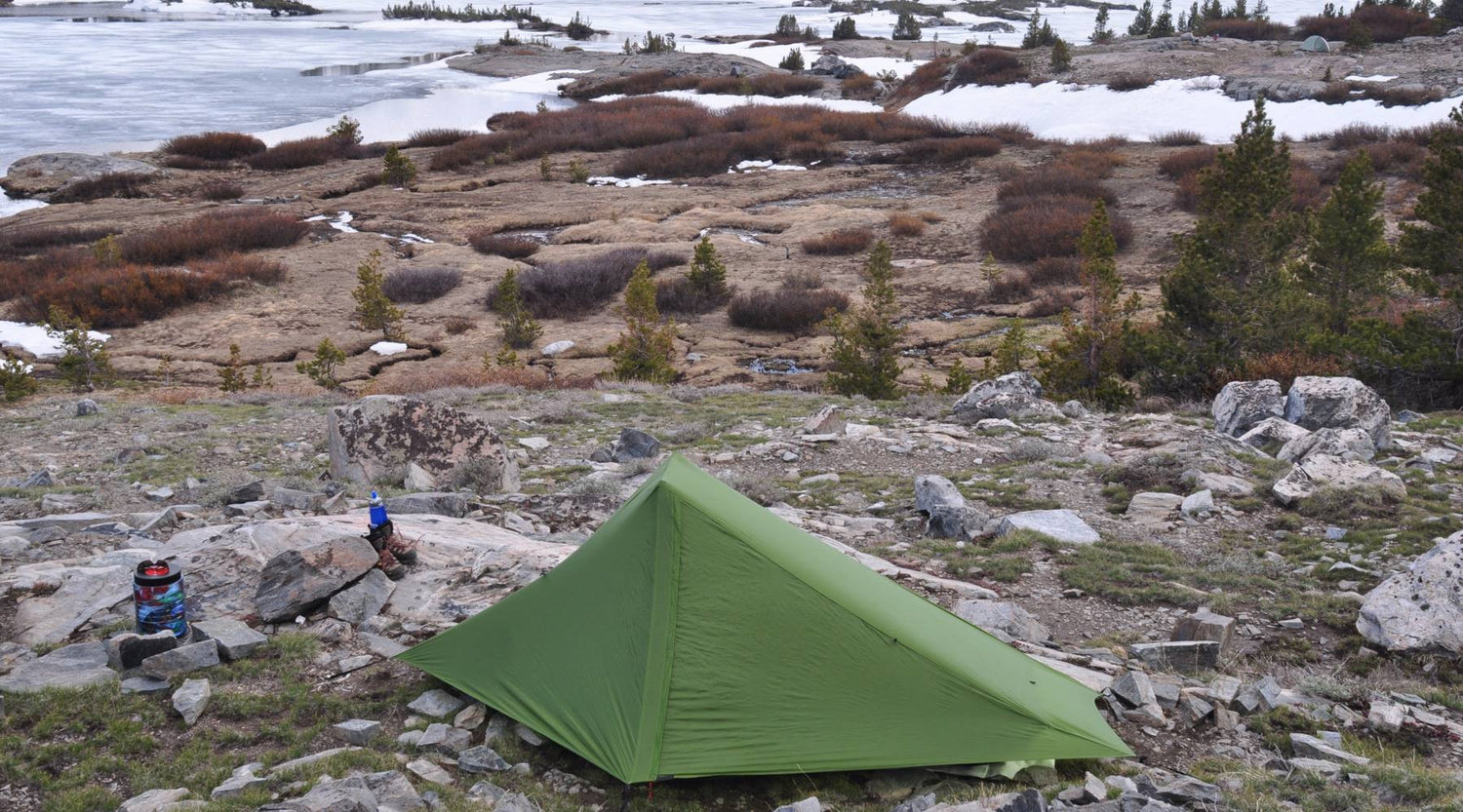
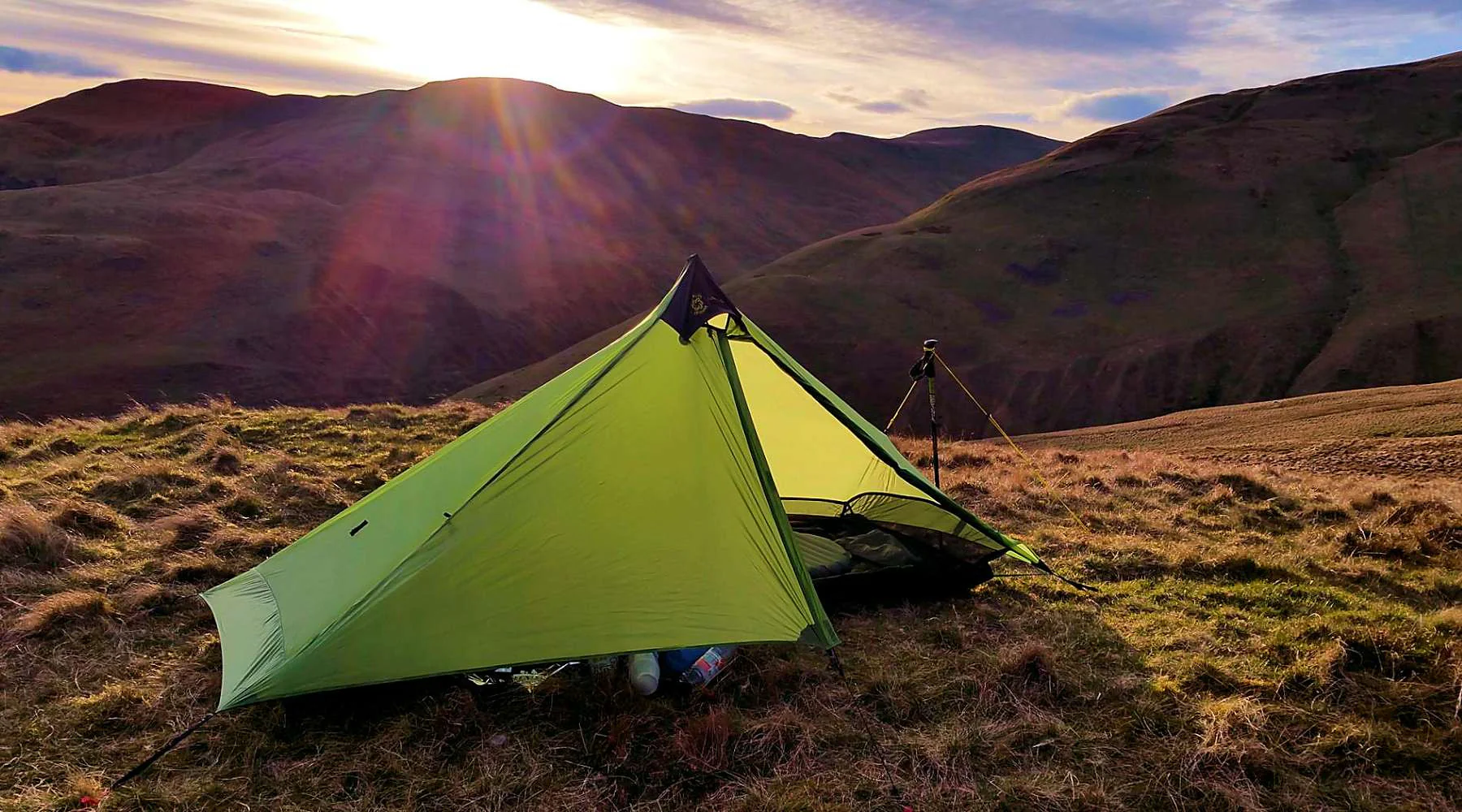
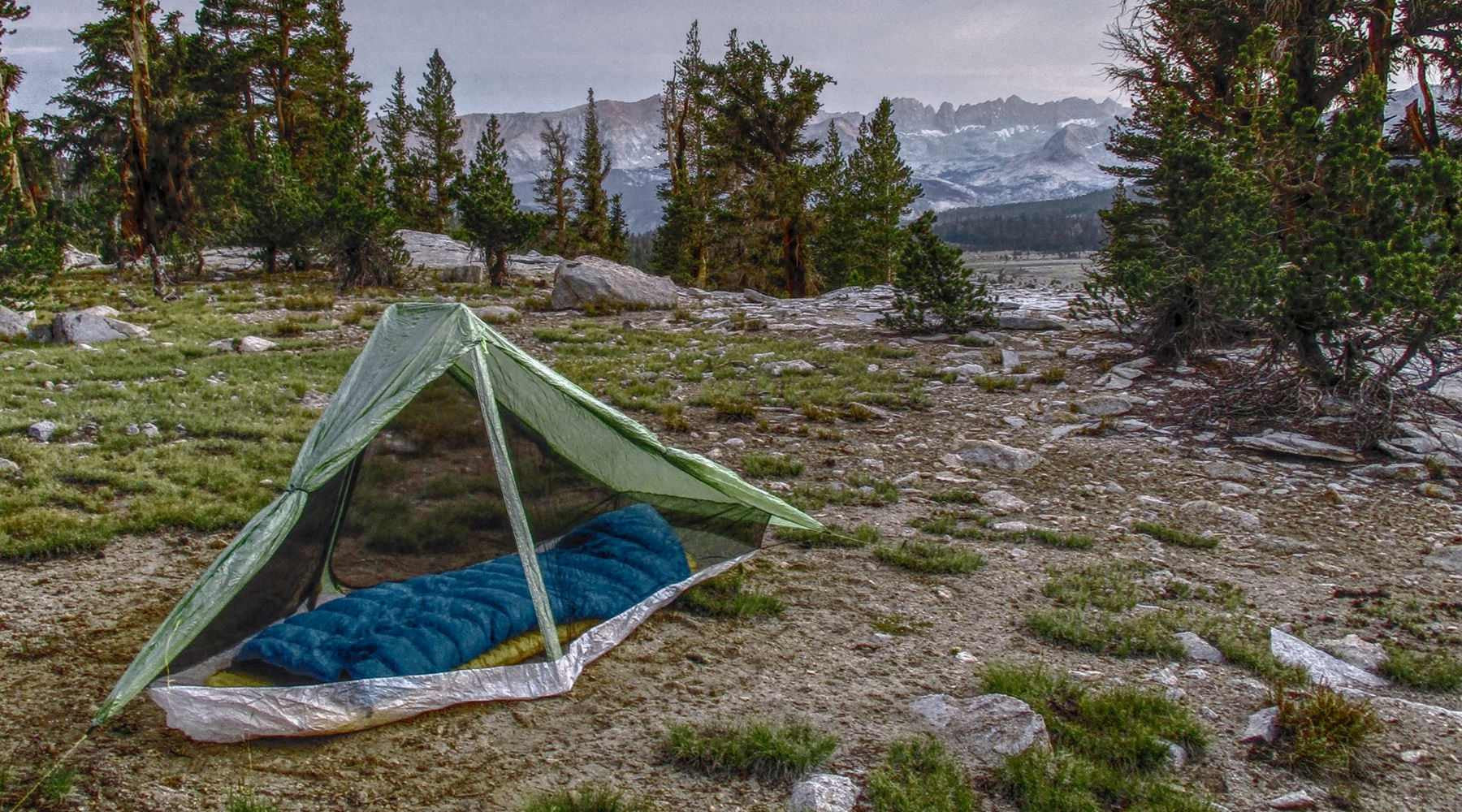
1 comment
Leave a comment
This site is protected by hCaptcha and the hCaptcha Privacy Policy and Terms of Service apply.